By Aaron Wong. Photos: Badmintonphoto
Bring a canary.
Can you tell that suffocation is the method of choice being used in women’s singles to snuff out the opposition?
You can’t immediately detect this kind of threat with the five senses until the player begins choking. So preventative measures are vital.
It’s not limited to this discipline, just prevalent. BWF commentators Gillian Clark, Steen Pedersen and Morten Frost agree that right now it the most interesting one to watch.
How this era began: Marin Mach 1: 2012-2015
Women’s singles has led lots of innovation. Carolina Marin (pictured), the innovator, first introduced pure acceleration and pure aggression to the singles format. Whether she realised it or not, Marin stood on the shoulders of doubles legend Gu Jun, borrowing the relentless onslaught tactic and adding her own signature unapologetic, fierce and in-your-face brand of attack.
It was new and brash and divided opinion. It worked.
Indeed, there have been players who’d sped things up before – like Sydney Olympic champion Gong Zhichao and former world #1 Wang Xin – and each time this happened it took the badminton world by storm. Marin pushed the envelope in this direction with her utter absorption and resolve towards the mission of winning, and didn’t break character between points or during the intervals. There’re her unmistakeable war cries too.
Marin Mach 2: 2016
Just when everybody else had acclimatised, she added speed problem-solving to her weapons. Nowhere is this more apparent than at the Rio Olympics where gold became hers.
It was more than a performance; it was a complete rethinking. It forced the masses to upgrade too.
Marin Mach 3: 2019, 2021
Necessity is the mother of invention. A terrible left knee injury and surgery was the catalyst for Marin’s next reinvention where she dialled up the physicality and urgency upon returning at the 2019 China Open.
With every stroke in every rally, she deliberately took command to cut small percentages of time off her opponent’s reaction and recovery time. It’s a conventional singles trope to which Marin blatantly trimmed the fat – so to speak – off the swing in her strokes and her own recovery while saving shots.
The package was now leaner on top of her previous innovations. Another masterstroke of a pioneer reimagining badminton.
The reaction
Marin’s initial acceleration of the game made it fashionable again. Akane Yamaguchi, Kim Ga Eun to P. V. Sindhu, Cheung Ngan Yi and Chen Yufei all outright employ this ploy.
Speed troubleshooting is a remarkable strength of Tai Tzu Ying (pictured). She competed against men as part of her Olympic preparation and there’s footage of entire matches on YouTube. Yamaguchi also plies her trade by relying on this aspect.
Singles makes a first principle of playing proactively. Marin forced proactiveness to the forefront of the agenda. Ever notice how almost everything Nozomi Okuhara does, shots and movement, is founded in proactiveness so that she’s seldom caught out of position especially for being only as tall as the height of the net?
How Marin instigated a revolution was in making the rest of the field identify the innovation and readjust to where she raised the bar to. That’s how women’s singles turned into a breathless competition.
Unfortunately, she’s convalescing from surgery to her left knee and cannot defend her Olympic crown. Yet, it’s like Marin’s there but not there. Her mark on Tokyo’s proceedings is indelible and worth explaining.
Turning blue in the face
Women’s singles players have fine-tuned themselves to the point they’re more amazing now than ever. Akin to the recent efforts to develop the COVID-19 vaccines, all of these athletes have been highly invested in a desperate race not to be left behind.
Who can outlast the other – importantly, when both possess exceptional stamina – is name of the game.
Fatigue is the easiest form of suffocation to spot. We’re human, and even a super athlete ultimately wanes. Ratchanok Intanon (pictured above) is prone to this plight at the hands of Tai Tzu Ying and their recent Toyota Thailand Open was an example. It’s imperative the Thai learn to resolve or prevent this because the pair of old foes should prepare for a quarter-final Olympic rendezvous.
Suffocation regularly takes the form of wondering what to do against an inspired opponent when you’re well primed to begin with. You end up running out of ideas and the confidence breaks down as Nozomi Okuhara’s did against Chen Yufei during the final of the 2019 Australian Open where the Japanese lost 15-21, 3-21. Okuhara wasn’t physically fatigued and managed but she uncharacteristically and seemingly inexplicably began to spray shots.
Okuhara and Chen are the ones to beat in the top half of the draw, and judging from a return to form in becoming All England champion the Japanese has regained confidence.
Top seed’s considerations
Chen Yufei (pictured left), the 23 year-old Chinese top seed, has finally hit her stride and being born with the perfect build for this discipline has made her tough to beat ever since she attained optimum stamina and physical strength in 2019 to be able to match the stars from Japan and Taiwan on their terms. All four of them were world #1s in that year.
Can Korean teenage sensation An Se Young who’s drawn Chen at the quarter-final stage, create a major upset? An is known for playing off an opponent’s pace and Chen has honed a two tone strategy where she withholds that card until An becomes slightly off balance.
In the semi-finals, Chen is likely to encounter Nozomi Okuhara and here’s when the venue makes a difference. As what’s known in badminton terms as a slow hall, it robs some edge that Chen has over Okuhara’s style of play.
Where the fun is
The early bottom half of the draw is fantastically open to going several ways, specifically Groups I, J, K and L, and the fact that their side by side compounds matters.
All those in P. V. Sindhu’s path will presumably be ready with their counter-attack proposals, it’s been seen time and again. Sindhu’s possible encounter with world #12 Mia Blichfeldt (pictured right) is particularly interesting because the Dane is the grittiest of opponents, and it takes one to know one.
Before that, a not insignificant challenge from Cheung Ngan Yi is at the commencement of the Rio silver medallist’s campaign. Sindhu mustn’t underestimate her round robin adversary.
Kim Ga Eun (pictured left) has yet to defeat Singapore’s Yeo Jia Min in their post-junior careers, but then again we’ve been waiting for this Korean, who demonstrates rare intelligence and excellent timing on shots, to blossom. At 23 years old is about the right time to peak as has been the case with the other names in the world’s the top 5. Hence, why not now for Kim?
Former world #1 Akane Yamaguchi is destined to fight the one who emerges from the above scrum to decide who meets either Intanon or current world #1 Tai Tzu Ying. What’s particularly in favour for Yamaguchi is all the rest and recuperation that a light pre-Olympic season has afforded because her style of play, not so much depends, but is elevated by freshness.
As Yamaguchi and Tai are problem-solvers par excellence while running at full throttle, their semi-final encounter would make compelling viewing.
Back to the question
Three aspects build on top of each other to highlight how much women’s singles has transformed. The crop of top players continually raises the bar for one another. They’ve managed to solve the problem of their opponent since a previous defeat. So much so, across the board, players are continually performing at newfound optimums where their athleticism and shot quality for an extended period are not in question.
The potential is there for most encounters to resemble the 2017 World Championships final.
Who can outlast the other as the point for point drama ensues? This situation is exceptionally taxing on either player.
Exasperation
So, it remains to be seen what Okuhara and Yamaguchi can do with the levelling of the playing field owing to conditions of the hall compared to how Chen, Tai, Intanon and Sindhu handle their situations of cutting with dull knives. The 2019 Japan Open offers insight into the dilemma.
Somebody’s going to get exasperated first.
Interesting early rounds:
– Group E: Evgeniya Kosetskaya (ROC) vs. Yvonne Li (GER)
– Group I: Mia Blichfeldt (DEN) vs. Wendy Chen (AUS – pictured above)
– Group J: PV Sindhu (IND) vs. Cheung Ngan Yi (HKG)
– Group K: Kim Ga Eun (KOR) vs. Yeo Jia Min (SGP)
– Elimination Round: He Bingjiao (CHN) vs. Zhang Beiwen (USA)
Click on a player’s photo in the photo draw below to see detailed head-to-head results with her first likely seeded opponent.
![OLYMPIC WS Preview – How it’s become the most fascinating contest By Aaron Wong. Photos: Badmintonphoto Bring a canary. Can you tell that suffocation is the method of choice being used in women’s singles to snuff out the opposition? You can’t […]](http://www.badzine.net/wp-content/uploads/ngg_featured/20170827_1548_WorldChampionships2017_BPRS0592_rotator.jpg)
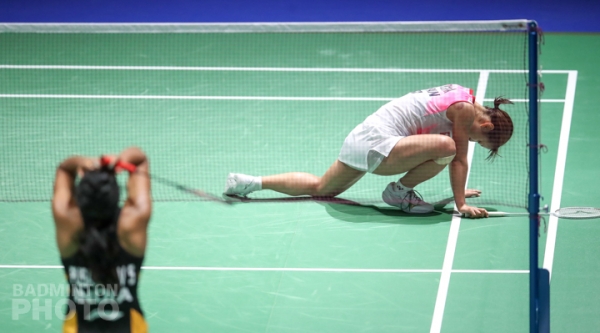
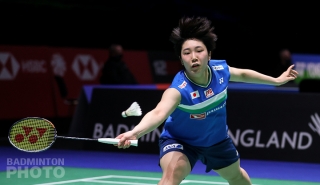
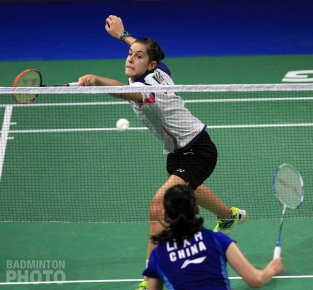
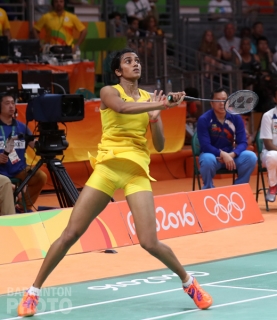
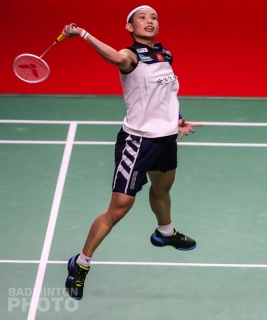
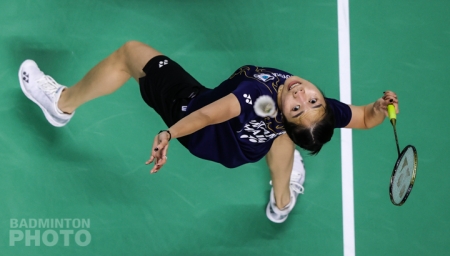
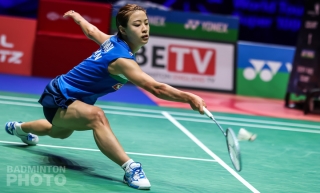
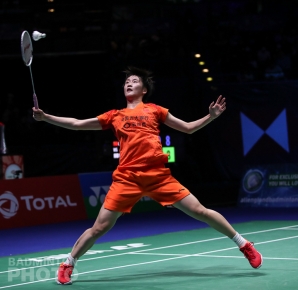
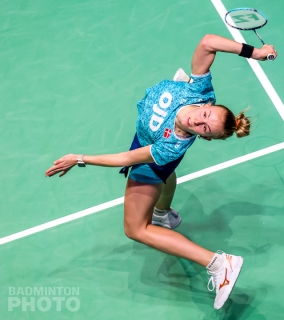
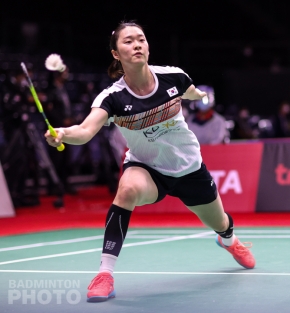
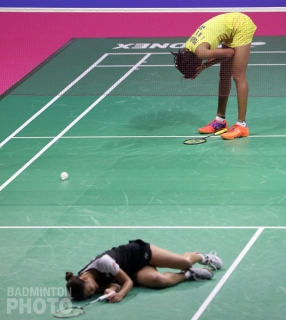
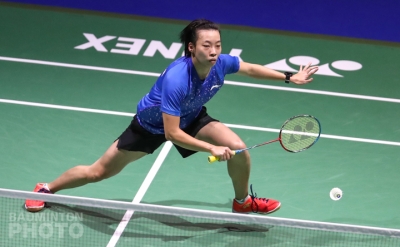
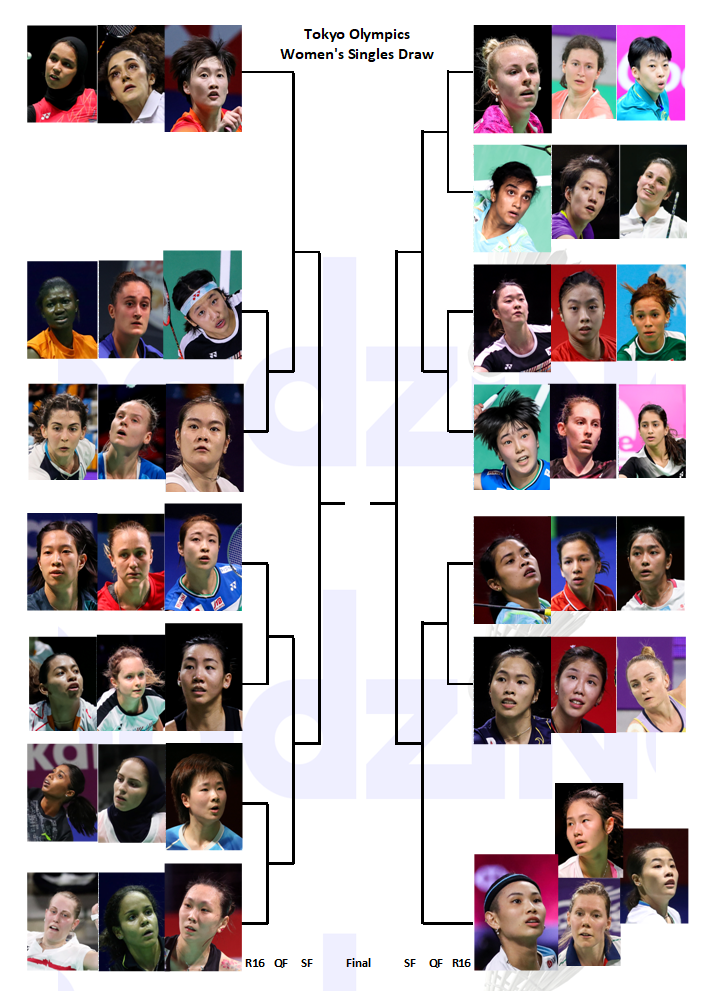

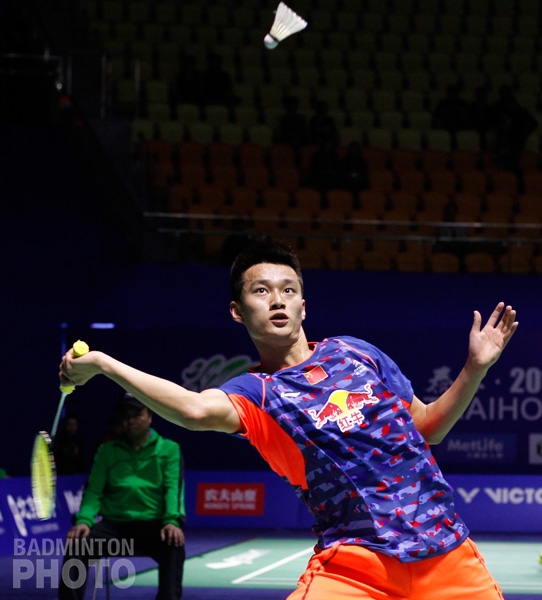
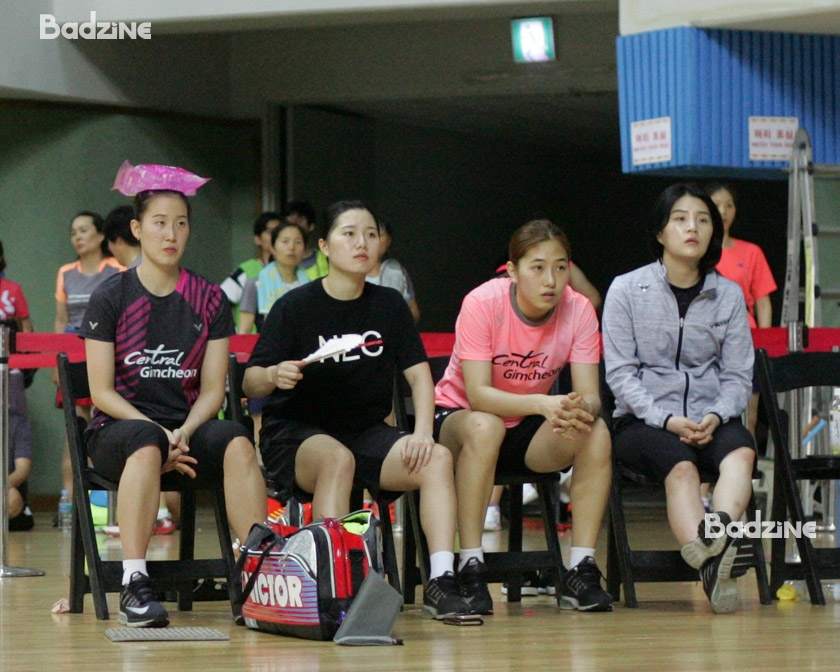
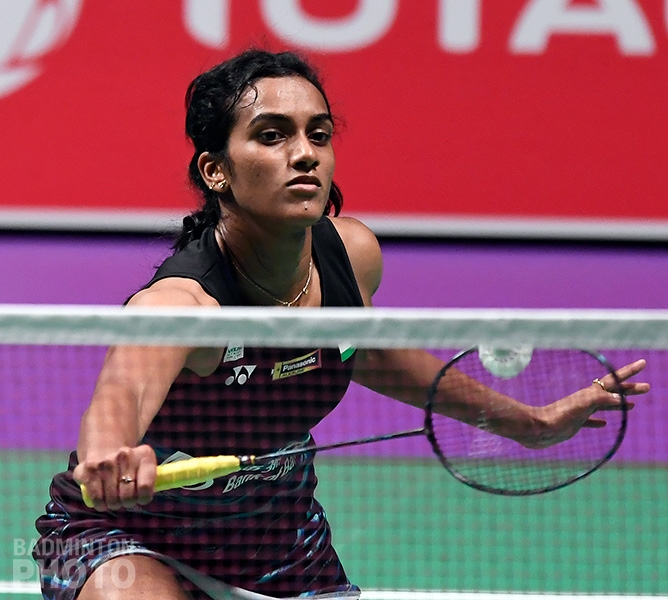
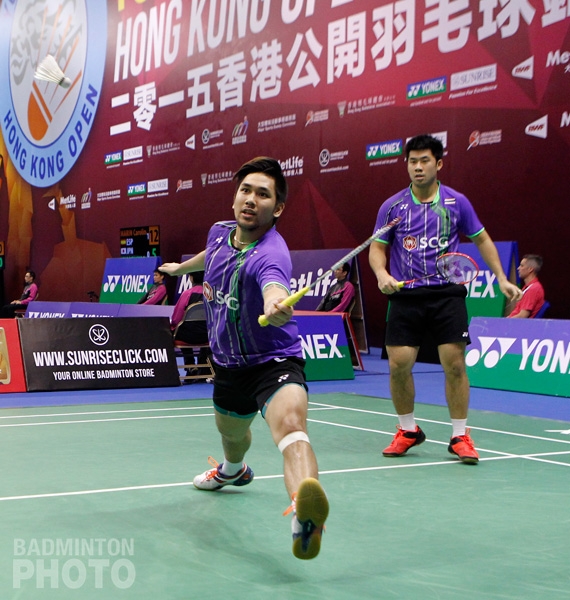
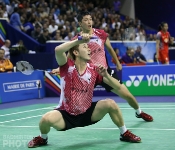
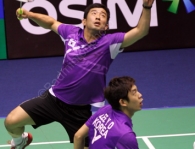
Leave a Reply